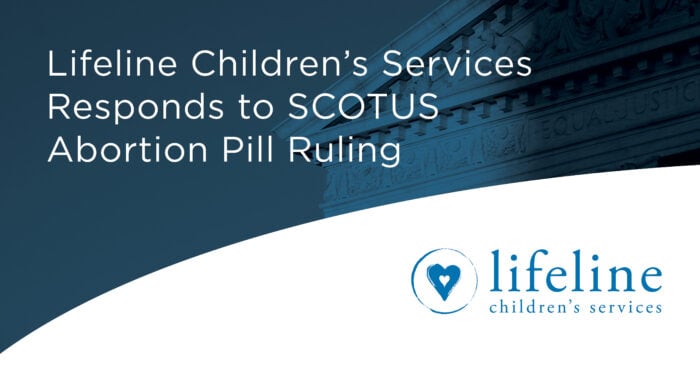“You’re not the boss of me,” is a childhood declaration of mine that now lives in family infamy. Growing up I longed for independence, and this announcement was my way of expressing it. Children have a God-given desire to impact their environment and make choices. But perhaps you know a child who, like me, takes this desire a bit too far by wanting to be the boss. Control seeking behaviors are one of the most common challenges in children impacted by adoption or foster care. Whether expressed through manipulation or dominance, children will communicate the need for control through their behaviors, and this can result in power struggles within families. Healing parents must choose to identify the underlying needs behind these control seeking behaviors.
Why Children seek control:
-to survive: Children from hard places very survival may have depended on their ability to control or manipulate others into meeting their physical and emotional needs. Children develop coping strategies in order to survive, and children who have gone without food, connection, or protection will assume that they must coerce you, through charm or force, into providing those necessities.
-to feel safe: Children do not possess the power to stop the abuse, neglect, or losses they endured. Children who do not trust that their world is safe may control others in an effort to feel safe and prevent further harm. Remember, because a child is now safe in your home does not mean that they perceive themselves as being safe.
-to control their circumstances: Children have no control over the loss of the birth family or the choice of the adoptive family. The haphazard nature of moving from one home to another removes the cause and effect continuum and opens the door for them to believe that they can be moved again at any moment.
–to be the boss: Children may have previously been forced to care for themselves and siblings due to lack of supervision, or incapacity of caregiver due to physical or mental illness, substance use, etc. They may be accustomed to taking charge and lack trust that adults can adequately take care of them. They may even believe that it is their job to take care of adults.
–To reject nurturance and belonging: Children who lack trust their caregiver will meet their needs consistently may preemptively take control of their circumstances by refusing to eat your food or obey your household rules in order to ensure that they reject you before you can reject them. A child who has internalized the message that they are unlovable or incapable may recognize that their control seeking behaviors trigger you and may continue these behaviors as a way to force you to treat them as they feel they should be treated—badly.
How to Respond to Control: You may naturally feel tempted to regain power in your home by setting more rules, saying more “no’s”, or becoming overprotective or rigid in your relationship to the child in your care. However, when responding to control seeking behaviors, a parent’s primary goal should be connection, not control. Connection motivates children to follow your lead, accept your guidance, and internalize your values. Following are practical suggestions for responding to control:
-Set consistent boundaries & schedules: Limit setting is reassuring to children. Provide structure, including consistent rules and predictable daily schedules that do not catch children off guard.
-Define roles: Explain your job as the adult is to be the boss, which means you keep children safe and provide what they need. Your child’s job is to be a kid; they get to play, learn, and ask you to meet their needs.
-Give voice: Encourage children to use words instead of manipulation to get their needs met, and then listen! If children know you will meet their needs, then their anxious desire to control will diminish.
-Learn how to Say “no”: A child may have a hard time handling words like “stop” or “no”. Try using words like: “Pause,” “Hold that thought,” “That does not work for us, but _____ does” or “You can return to this and finish later.”
-Catch them doing something right: Professionals recommend that six praises be offered for every one correction. Positive reinforcement acts as a motivator.
-Utilize consequences, not punishment: Punishment does not encourage connection but rather maintains the “me against you” mentality of control battles. For many children, being in control is more important than any punishment a parent can impose, so teaching through consequences, like loss of privileges, or allowing the child to experience the natural consequence of their behavior is a more effective alternative.
-Respond playfully: When a child is seeking to control, you can respond playfully with a question such as, “Are you asking or telling?” The tone of your voice can be higher and more playful sounding. The goal is to start by responding playfully, reinforcing the child’s felt safety and giving the child an opportunity to adjust their behavior before you move on to a more firm response (Purvis, 2007).
-Give choices: When responding playfully has not worked, you can offer choices. Limit choices to two options. Choices should not be threats. Hold up two fingers to show options and use a playful but firm tone to say, “You can try the first 5 math problems on your own and then let me check your work, or I can help you complete the first 5 math problems. You choose.” Offering choices does not negate the adult’s role as the boss. Instead, by sharing power, they actually prove that the power is theirs to share. (Purvis, 2007).
-Teach Compromise: When children don’t like the choices presented teach how to compromise. If the child asks for a compromise with respect, then the answer may be yes or no. If the child asks without respect, then the answer is always no. When initially teaching children how to compromise, they may need to be prompted to try again using respect. (Purvis, 2007).
-Avoid food battles: Attempting to control what and how a child eats only creates an irresistible challenge to the child to prove who holds the power. Instead, remain playful and loving and go about your business; do not rush or wait for the child to finish. Refer to Connecting Points # 4
-Smooth over bathroom mishaps: Avoid shaming children . Whether you believe these actions to be intentional or not. Criticism neither motivates nor teaches a child to behave differently next time. Instead, identify and meet the underlying need behind the behavior. You could respond by saying, “Let’s clean this up together and then talk about a better way to tell me what you need next time. When you tell me what you need, I will listen.”
Conclusion: As you follow the above suggestions over time you should experience an increase in connection with your child and a reduction in their need to control. If you have concerns that you are not making improvements then please seek out the help of your caseworker or local counselor.
Developed by Mary Beth Bragg, LBSW References: Orlans, M. & Levy, T. (2006), Healing Parents: Helping Wounded Children Learn to Trust & Love. Washington DC: Child Welfare League of America, Inc.
Purvis, K. B., Cross, D. R. & Sunshine, W. L. (2007). The Connected Child: Bringing Hope and
Healing to Your Adoptive Family. New York: McGraw-Hill.
Dr. Karyn Purvis and Michael Monroe. Retrieved from http://empoweredtoconnect.org/how-do-i-handle-manipulation-control/
North, Kayla. Retrieved from http://empoweredtoconnect.org/the-yes-jar/



